Pistachios
Pistachio, Pistacia vera, is a deciduous tree in the family Anacardiaceae grown for its edible seeds (nuts). Pistachio is a small to medium sized tree with a branching main stem (trunk) and a spreading growth habit. The leaves of the pistachio are pinnate and composed of five individual oval leaflets. Male and female inflorescences are produced on different trees (dioeceous).The flowers are small, brownish-green in color and lack petals. They are produced on panicles, each possessing several hundred flowers. The fruit of the tree is a drupe with an oblong kernel covered with a thin, bony shell. The shell splits along its long axes when mature. Pistachio trees can reach up to 20 ft (65.6 ft) in the wild but are generally smaller under cultivation.
The pistachio nut is a dry fruit of small size, lengthy, with a hard, thin and clear brown shell. The edible part is yellowish green and tender.
They are used in foodstuff products and also in cosmetics, for which there is a great demand.

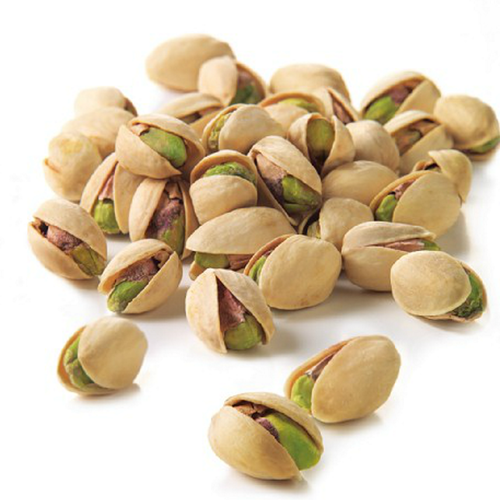
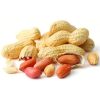
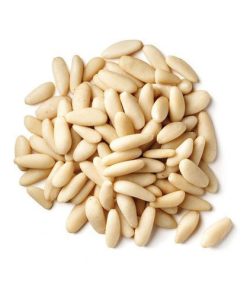
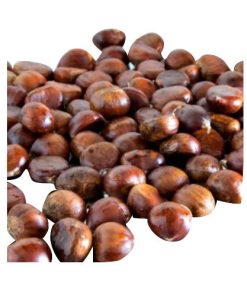
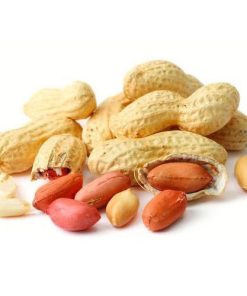
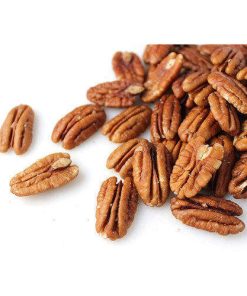
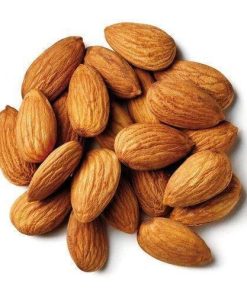
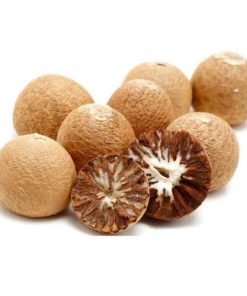
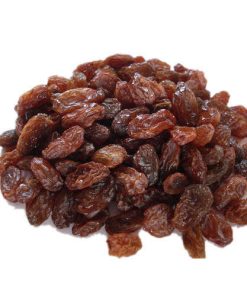
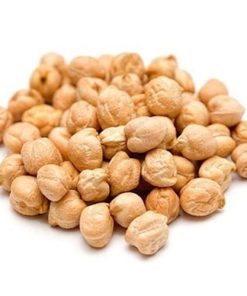
Reviews
There are no reviews yet.